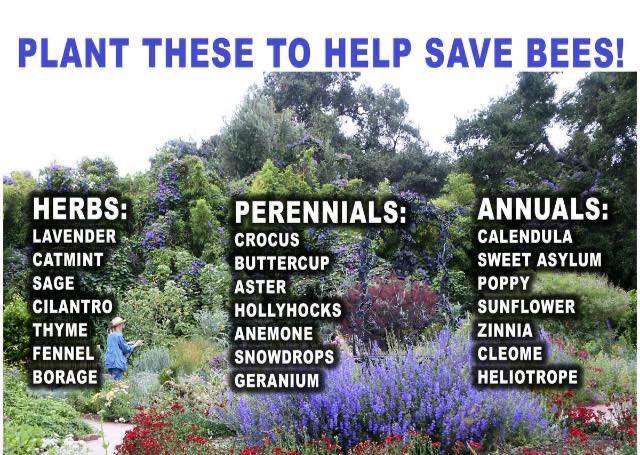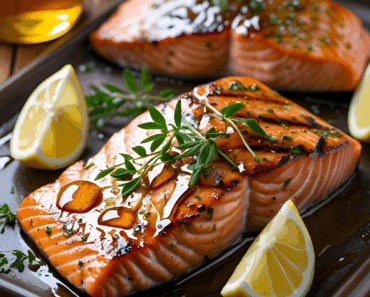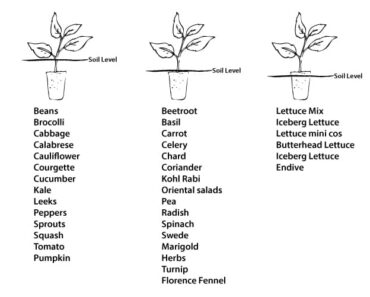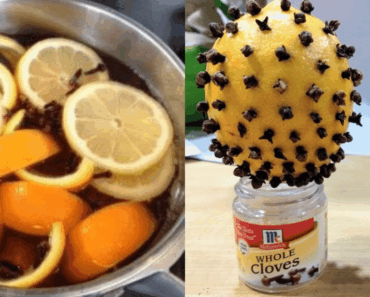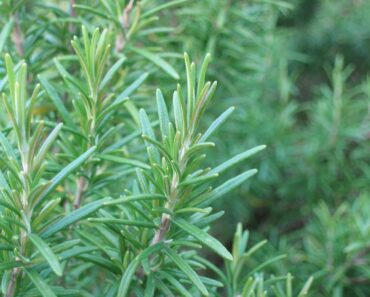Bumble bees are essential pollinators that help fertilize many of the plants that produce our food. Unfortunately, bumble bee populations are in decline due to habitat loss, climate change, and pesticide use.
One simple way you can make a difference is by planting bee-friendly flowers, herbs, and shrubs that provide nectar and pollen.
In this article, you’ll learn which perennials, annuals, and herbs to plant in your spring garden to create a thriving environment for bumble bees.
Why Bumble Bees Are Important
Bumble bees play a crucial role in pollinating fruits, vegetables, and flowers, ensuring these plants reproduce and grow healthy crops.
Their unique ability to “buzz pollinate” (using vibrations to release pollen) makes them particularly effective at pollinating crops like tomatoes, peppers, and berries. However, with fewer flowers available and increasing use of pesticides, their numbers are dwindling.
By planting a variety of flowers, including perennials, annuals, and herbs, you’ll provide a continuous source of food for bees throughout the growing season and help restore their habitat.
Perennials for Bumble Bees
Perennials are a great choice because they come back year after year, providing consistent blooms for pollinators. Here are some of the best perennials to plant for bumble bees:
1. Lavender (Lavandula spp.)
- Bloom Time: Summer
- Why It Helps: Bees love lavender’s fragrant flowers, which are rich in nectar.
- Growing Tips: Plant in full sun with well-draining soil.
2. Coneflower (Echinacea spp.)
- Bloom Time: Mid to late summer
- Why It Helps: Coneflowers offer ample pollen and nectar for bumble bees.
- Growing Tips: Requires full sun and moderate watering.
3. Bee Balm (Monarda spp.)
- Bloom Time: Late spring to summer
- Why It Helps: Known for attracting bees with its aromatic blooms.
- Growing Tips: Prefers moist soil and full sun to partial shade.
4. Black-Eyed Susan (Rudbeckia hirta)
- Bloom Time: Summer to fall
- Why It Helps: These bright flowers provide long-lasting nectar.
- Growing Tips: Thrives in full sun and drought-tolerant once established.
5. Lupine (Lupinus spp.)
- Bloom Time: Late spring to early summer
- Why It Helps: Bumble bees love lupine’s spiked blooms, which provide easy access to nectar.
- Growing Tips: Prefers sandy soil and full sun.
Annuals for Bumble Bees
Annuals bloom for only one season but can offer abundant flowers that attract bees throughout spring and summer.
1. Sunflowers (Helianthus spp.)
- Bloom Time: Late spring to fall
- Why It Helps: Sunflowers offer pollen-rich blooms that bees love.
- Growing Tips: Plant in full sun with well-draining soil.
2. Snapdragons (Antirrhinum majus)
- Bloom Time: Spring to early summer
- Why It Helps: Bumble bees love snapdragons’ deep, tube-like flowers.
- Growing Tips: Thrives in cooler weather with regular watering.
3. Cosmos (Cosmos bipinnatus)
- Bloom Time: Summer to fall
- Why It Helps: Cosmos attract bumble bees and other pollinators with bright, open flowers.
- Growing Tips: Grows best in full sun with minimal watering.
4. Zinnias (Zinnia spp.)
- Bloom Time: Summer to fall
- Why It Helps: Zinnias provide an easy source of nectar and attract bees until the first frost.
- Growing Tips: Requires full sun and regular watering.
5. Marigolds (Tagetes spp.)
- Bloom Time: Late spring to fall
- Why It Helps: Marigolds not only repel pests but also attract pollinators like bumble bees.
- Growing Tips: Plant in full sun with well-draining soil.
Herbs That Attract Bumble Bees
Many herbs offer aromatic flowers that bees love, and growing them serves a dual purpose—providing food for pollinators and fresh herbs for your kitchen.
1. Thyme (Thymus vulgaris)
- Bloom Time: Spring to summer
- Why It Helps: Thyme’s tiny flowers attract many pollinators, including bumble bees.
- Growing Tips: Plant in full sun and allow it to flower for the bees.
2. Basil (Ocimum basilicum)
- Bloom Time: Summer
- Why It Helps: Basil flowers attract bees, so let some plants go to flower for pollinators.
- Growing Tips: Prefers full sun and regular watering.
3. Mint (Mentha spp.)
- Bloom Time: Summer
- Why It Helps: Mint flowers provide nectar that bumble bees adore.
- Growing Tips: Plant in a container to prevent it from spreading uncontrollably.
4. Chives (Allium schoenoprasum)
- Bloom Time: Spring to early summer
- Why It Helps: Chive flowers bloom early, offering a food source for bees emerging from hibernation.
- Growing Tips: Plant in a sunny spot and allow the flowers to bloom before cutting them back.
5. Oregano (Origanum vulgare)
- Bloom Time: Late summer
- Why It Helps: Oregano’s delicate flowers are a favorite of bumble bees.
- Growing Tips: Plant in full sun and harvest regularly, but let some flowers bloom for the bees.
Tips for Planting a Bumble Bee-Friendly Garden
- Plant in Clusters: Group flowers together to make it easier for bees to forage efficiently.
- Avoid Pesticides: Use organic gardening methods to protect pollinators.
- Provide Continuous Blooms: Ensure that you have plants that bloom from early spring through fall to support bees throughout the season.
- Create Shelter: Leave areas with natural vegetation or provide bee houses to give bumble bees a safe place to nest.
- Add a Water Source: Place shallow water dishes with pebbles for bees to drink from safely.
By planting perennials, annuals, and herbs that attract bumble bees, you can play an active role in saving these essential pollinators.

